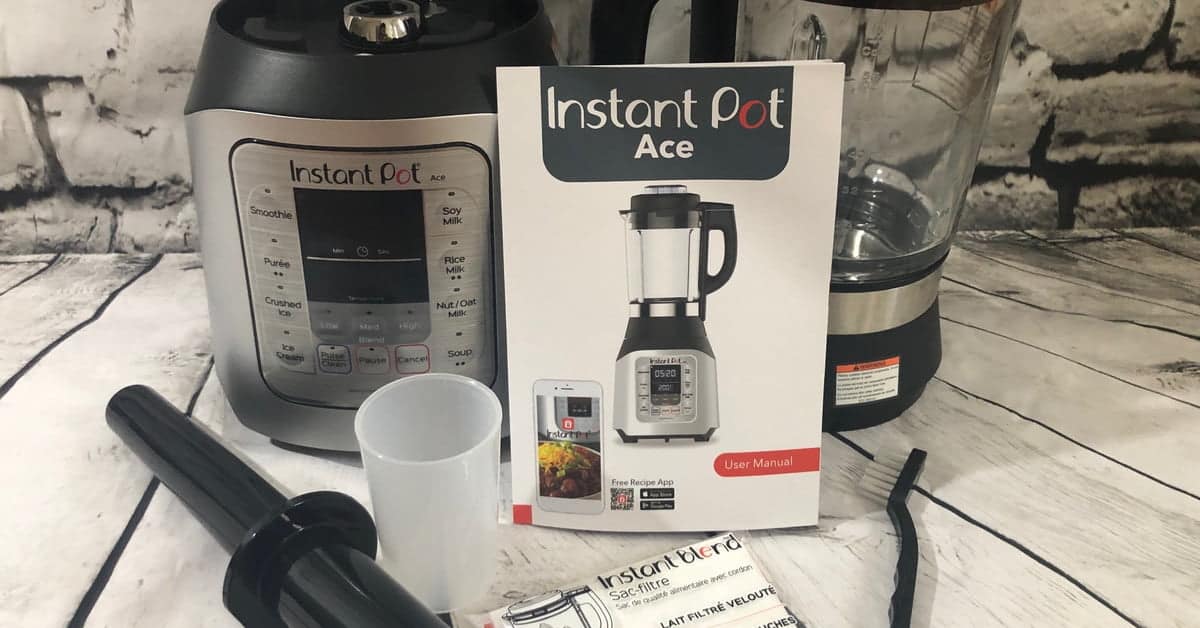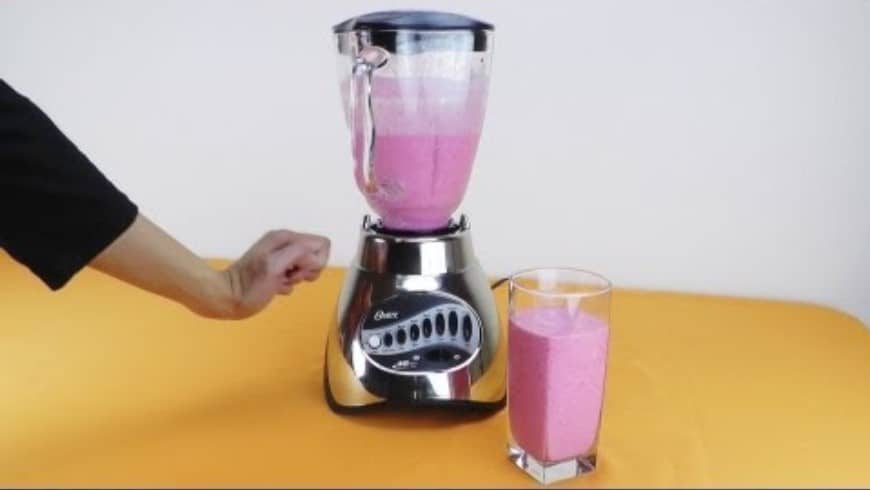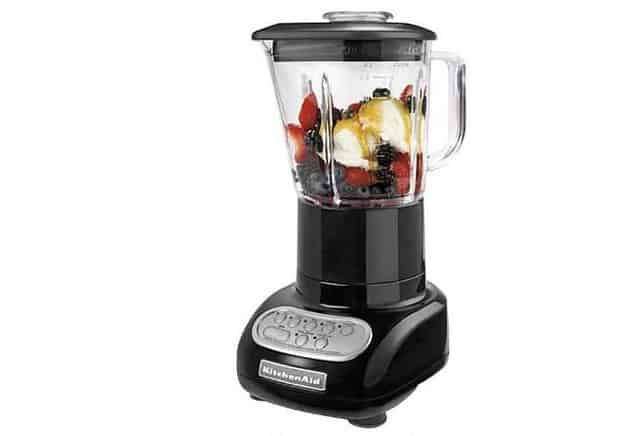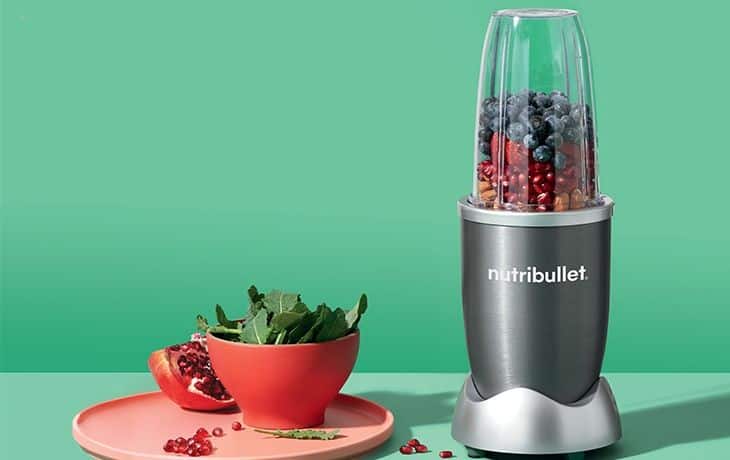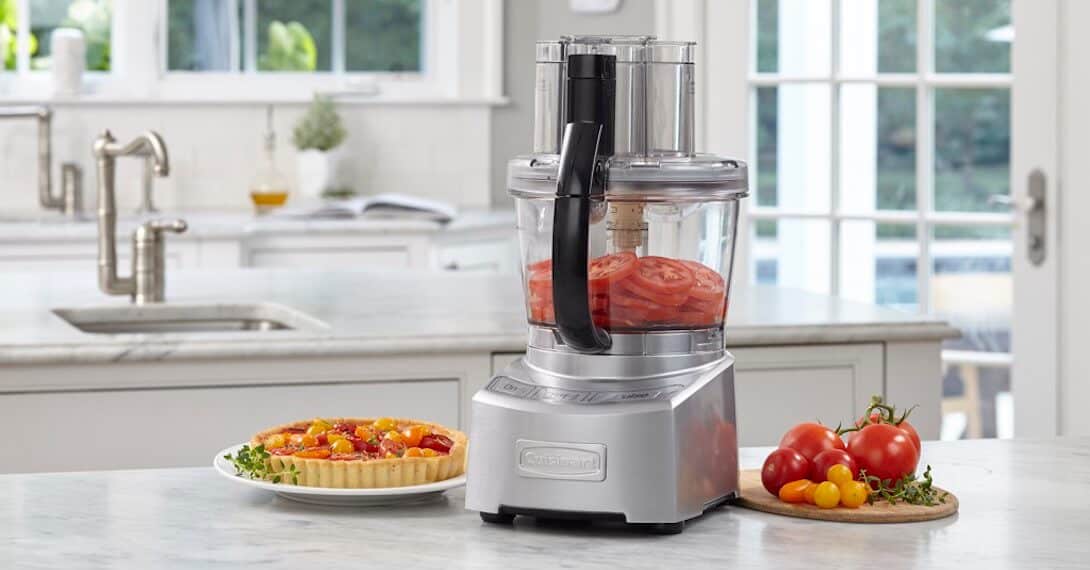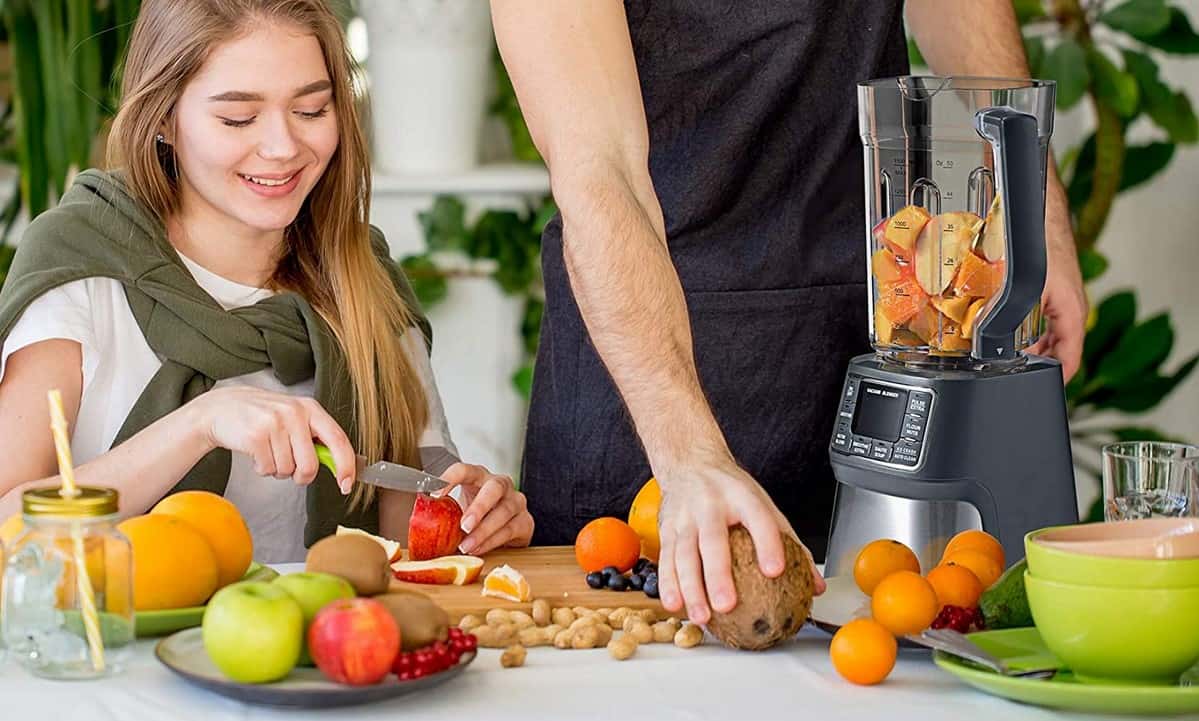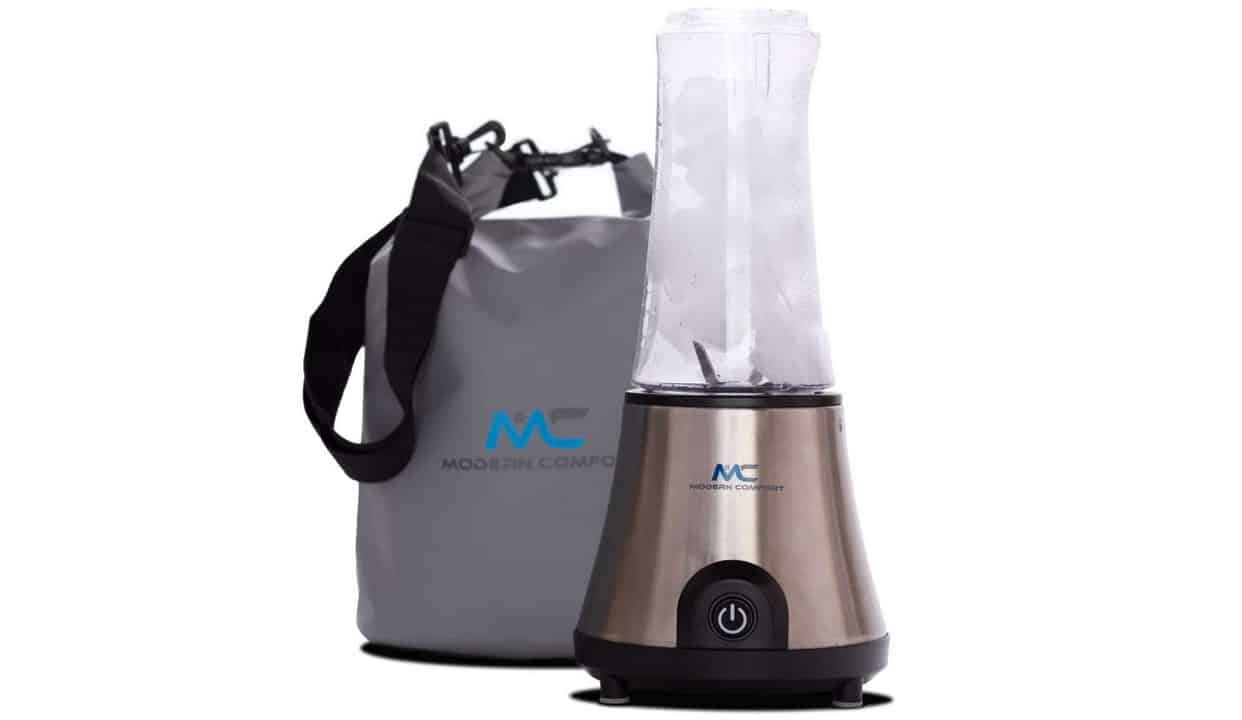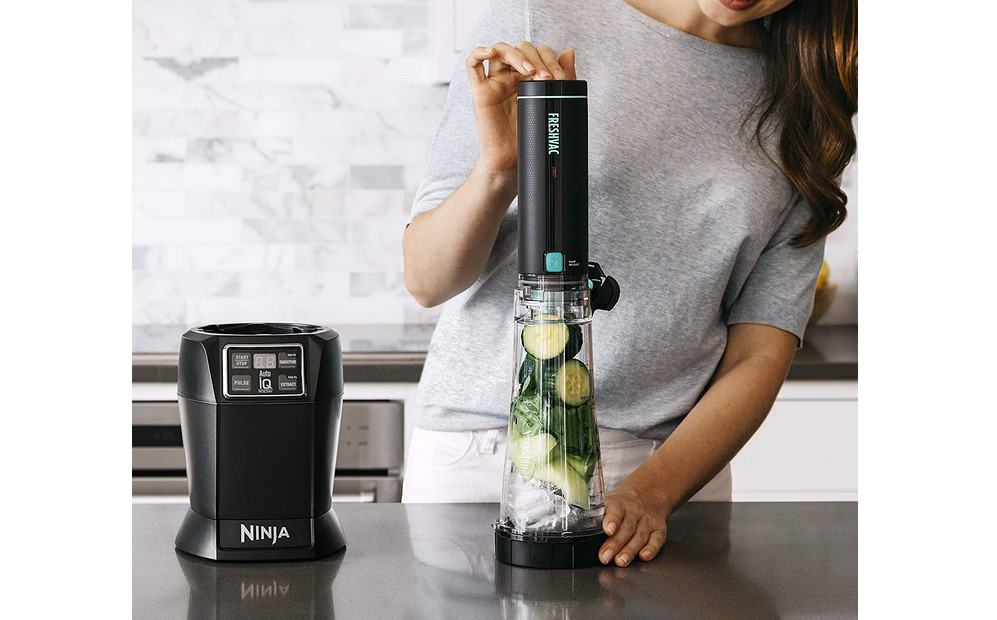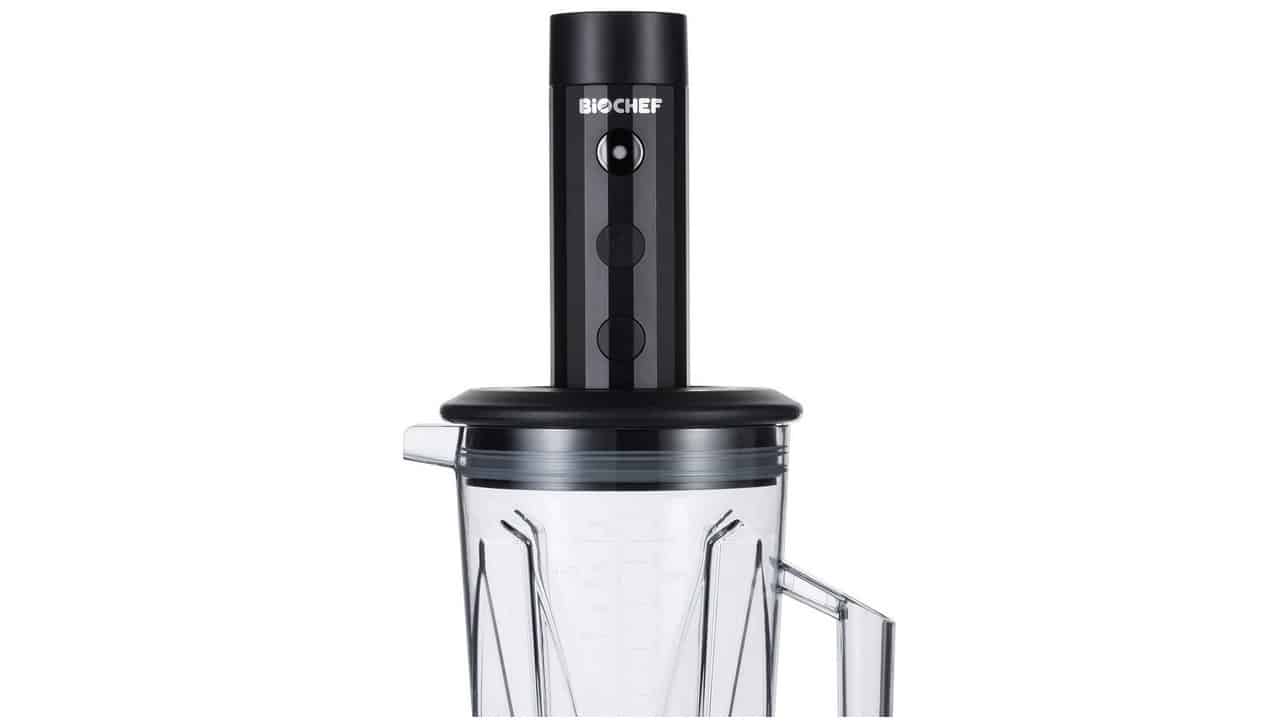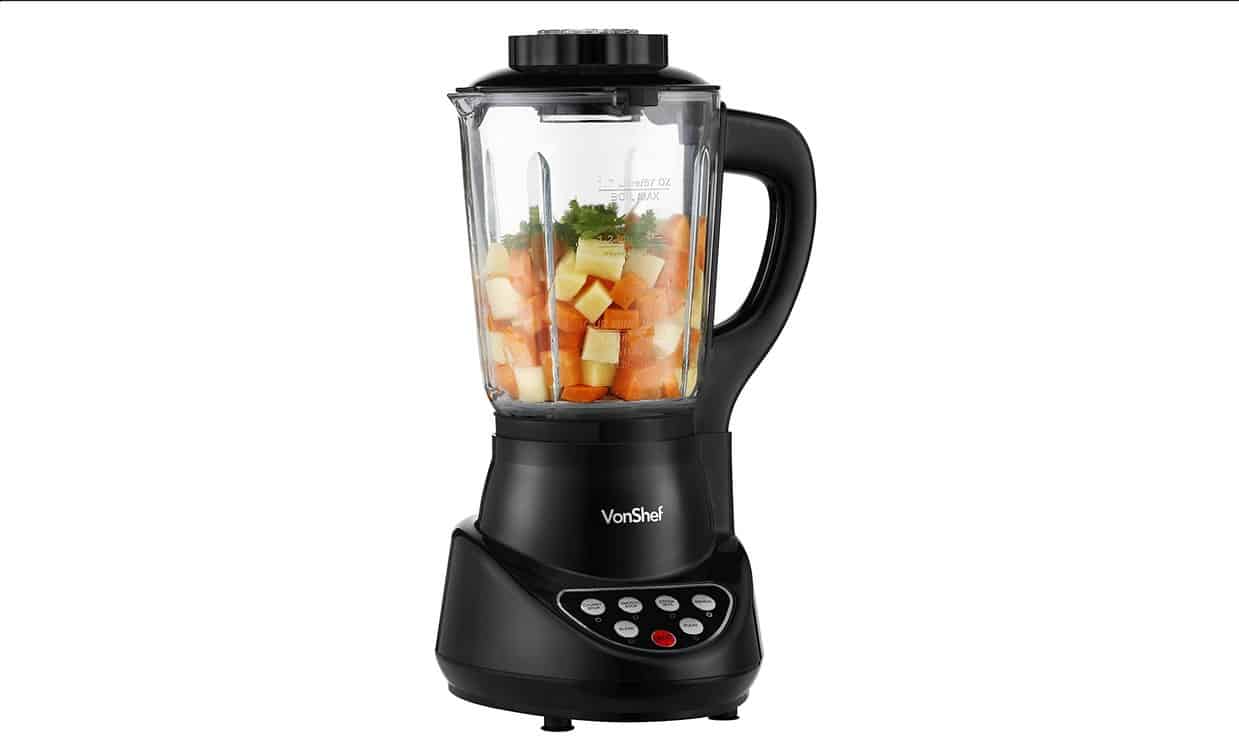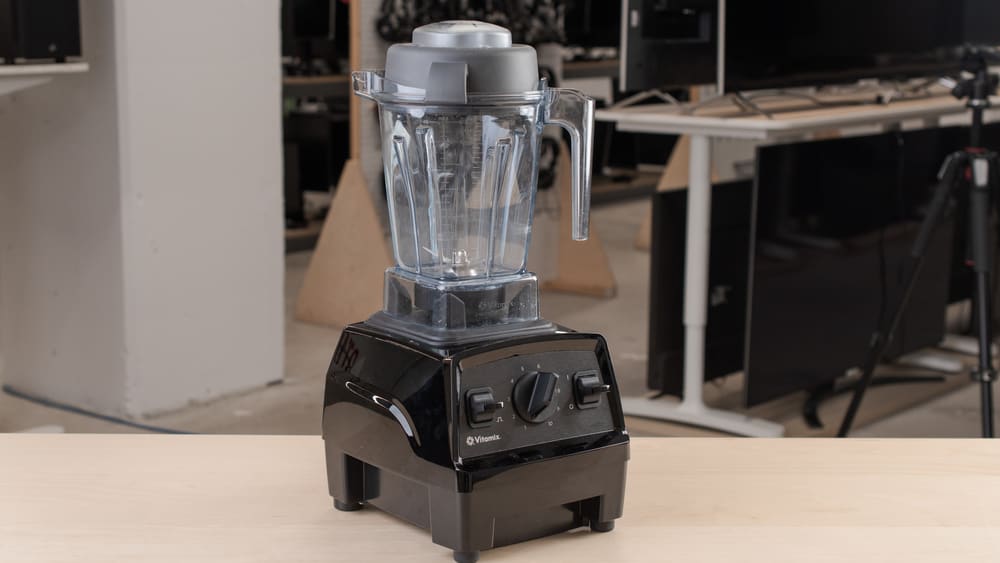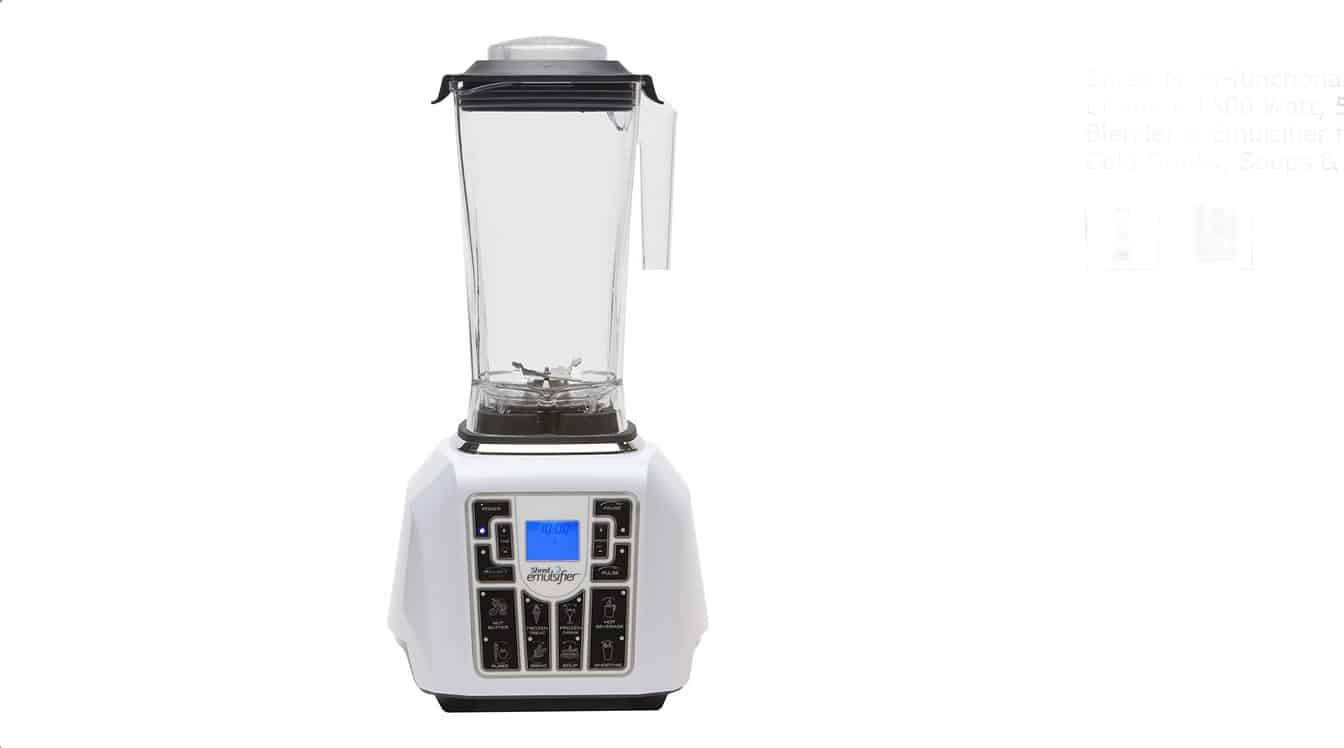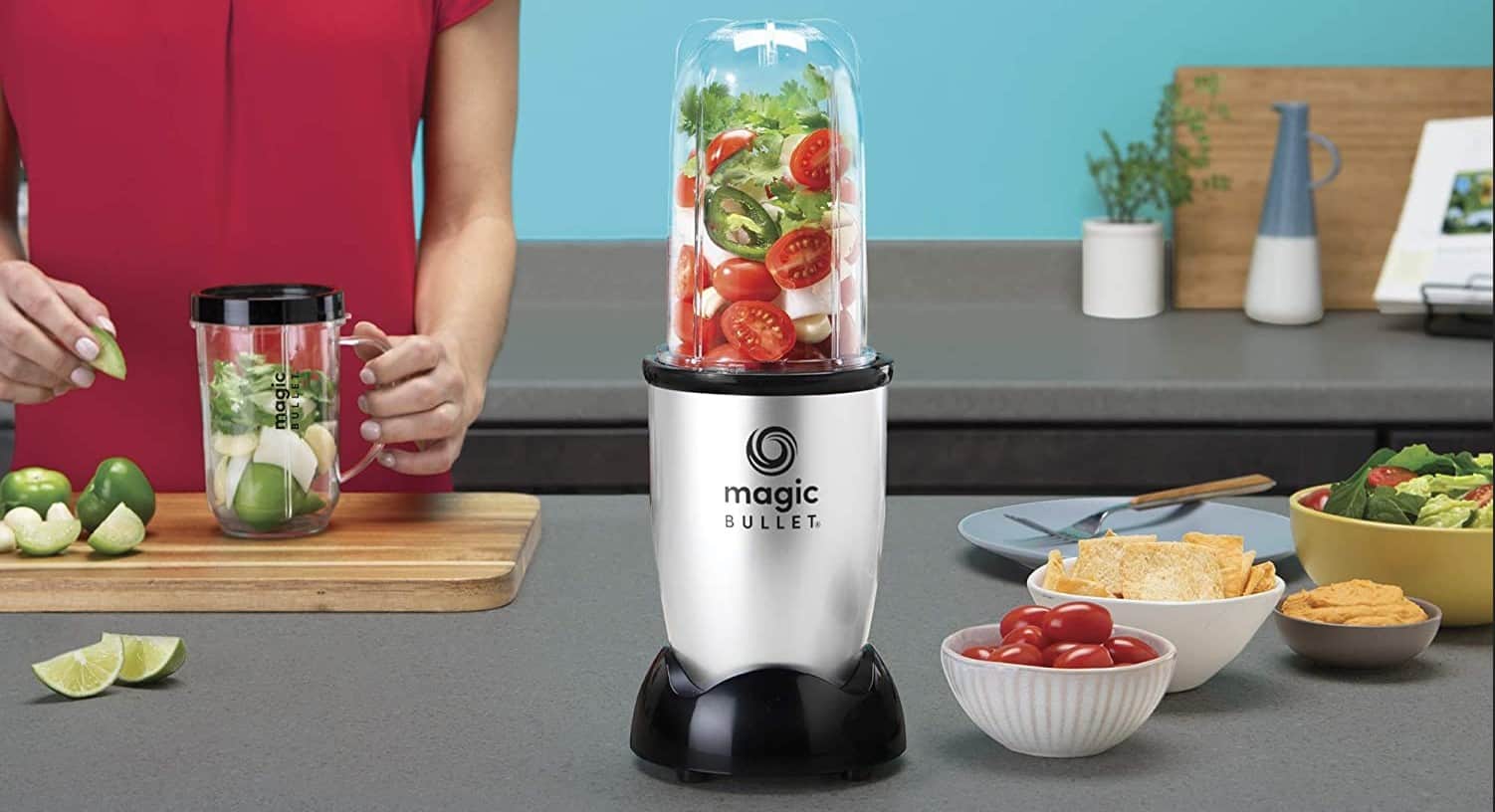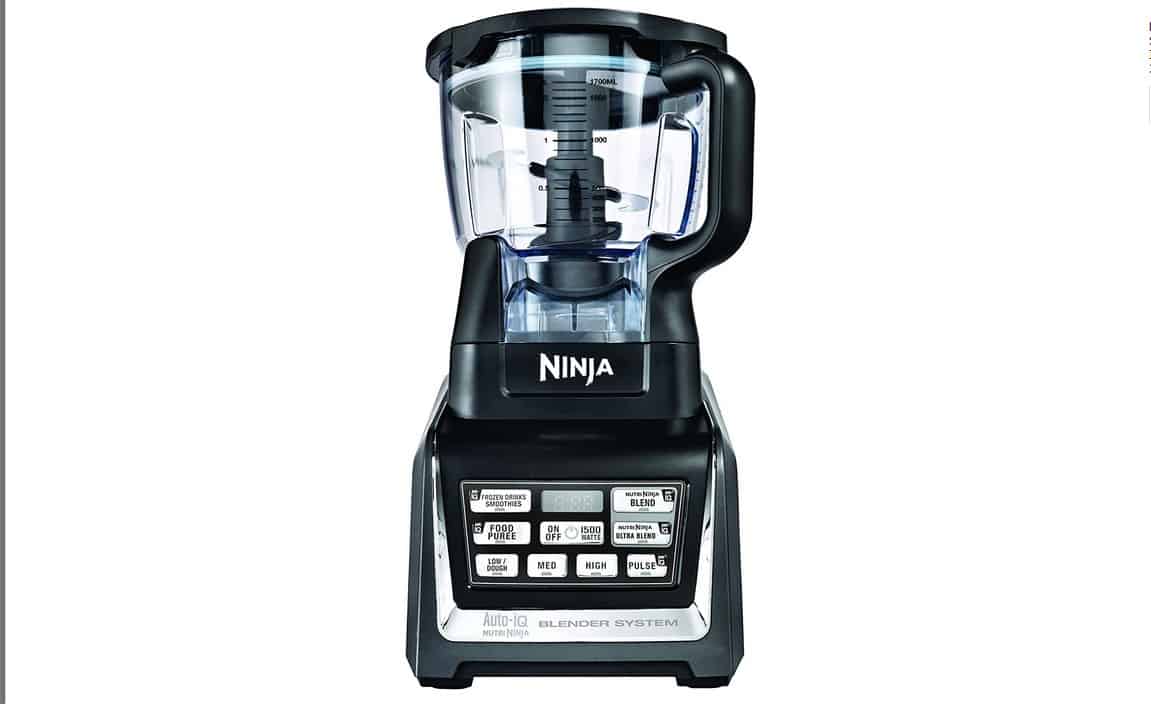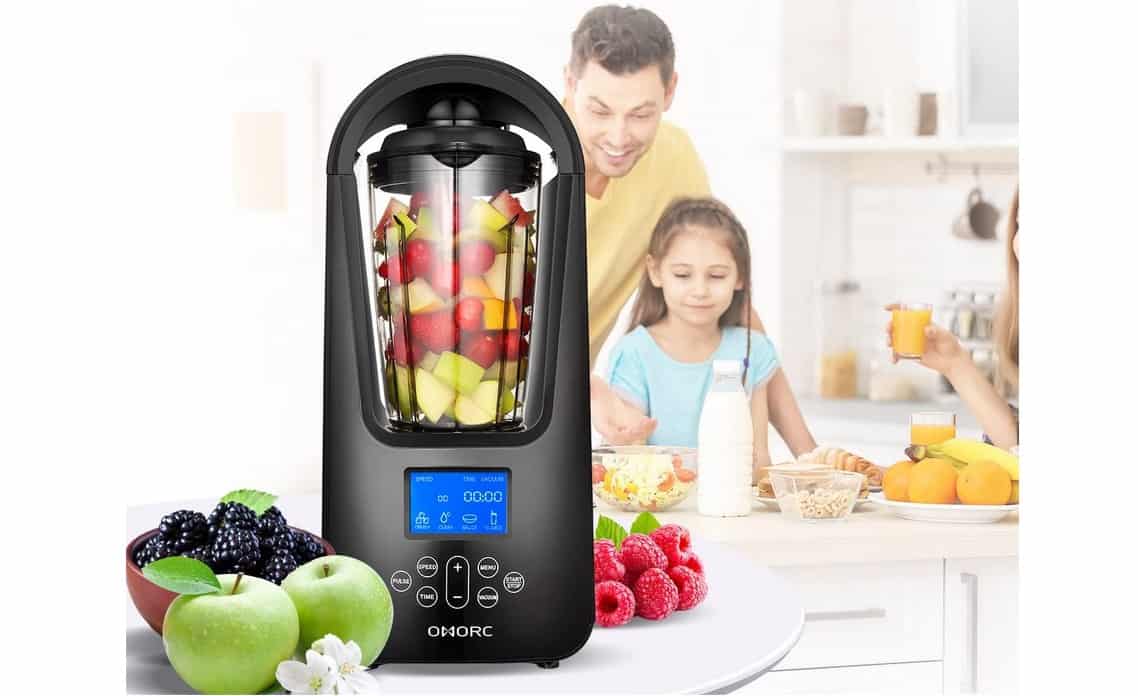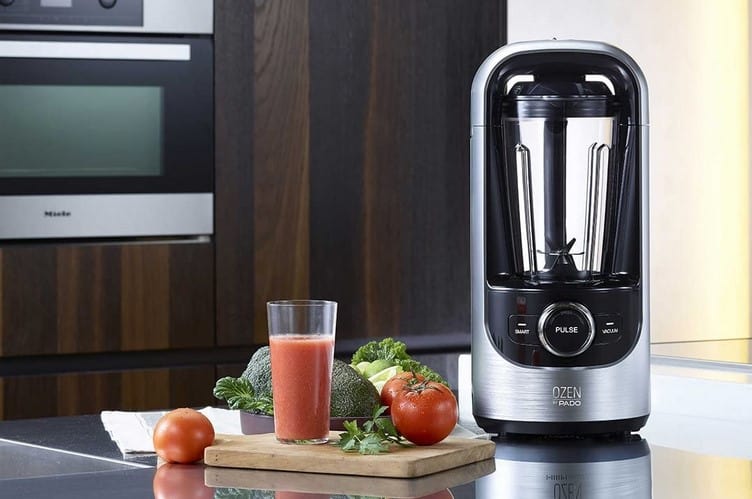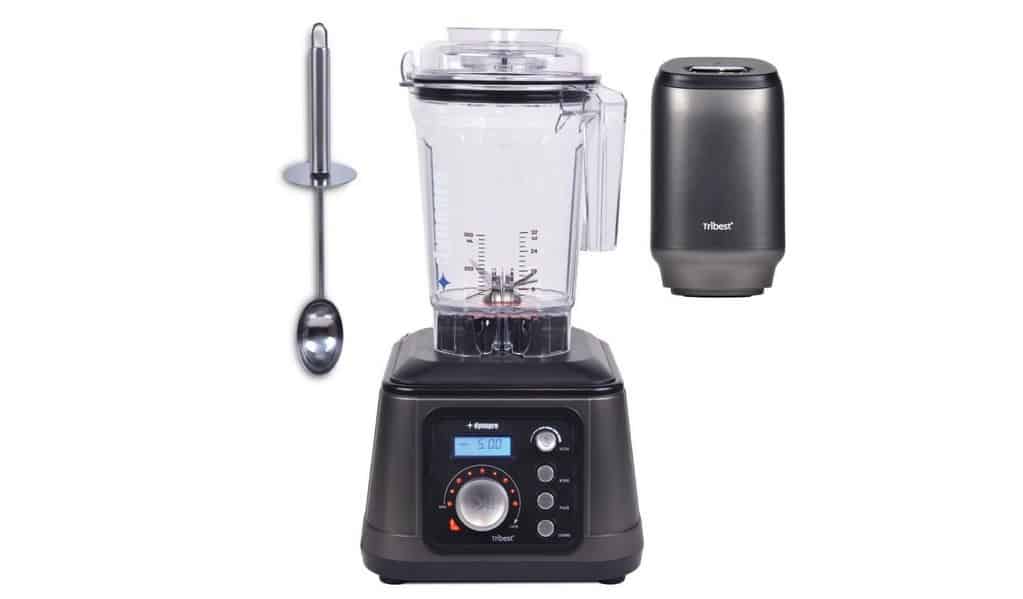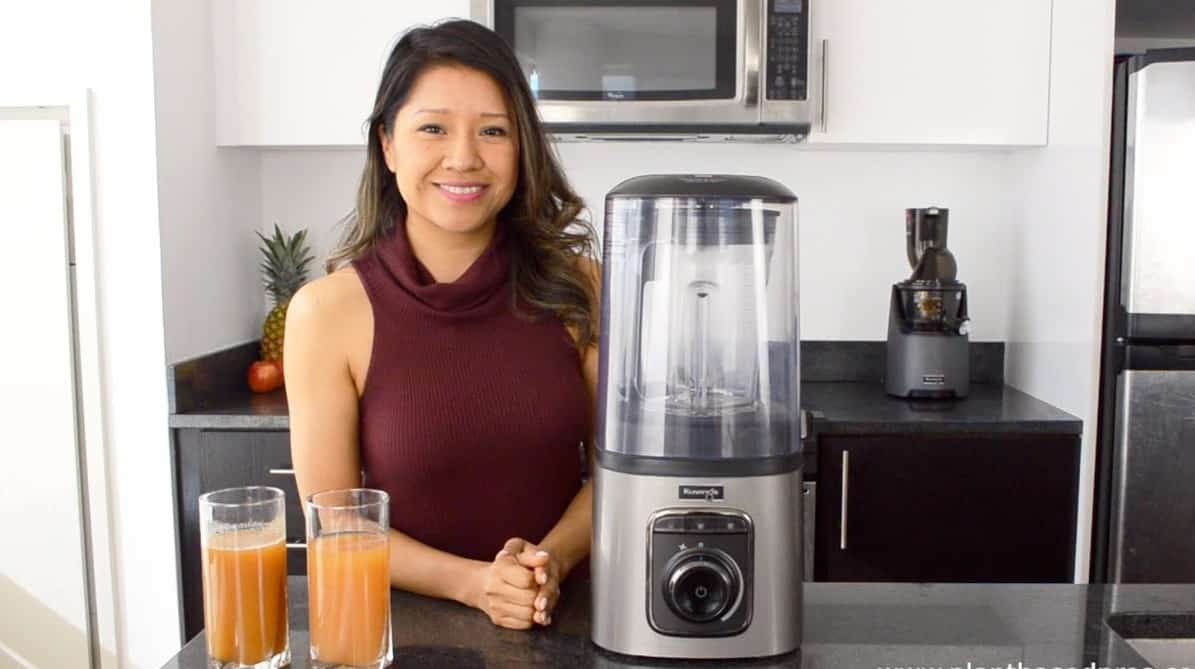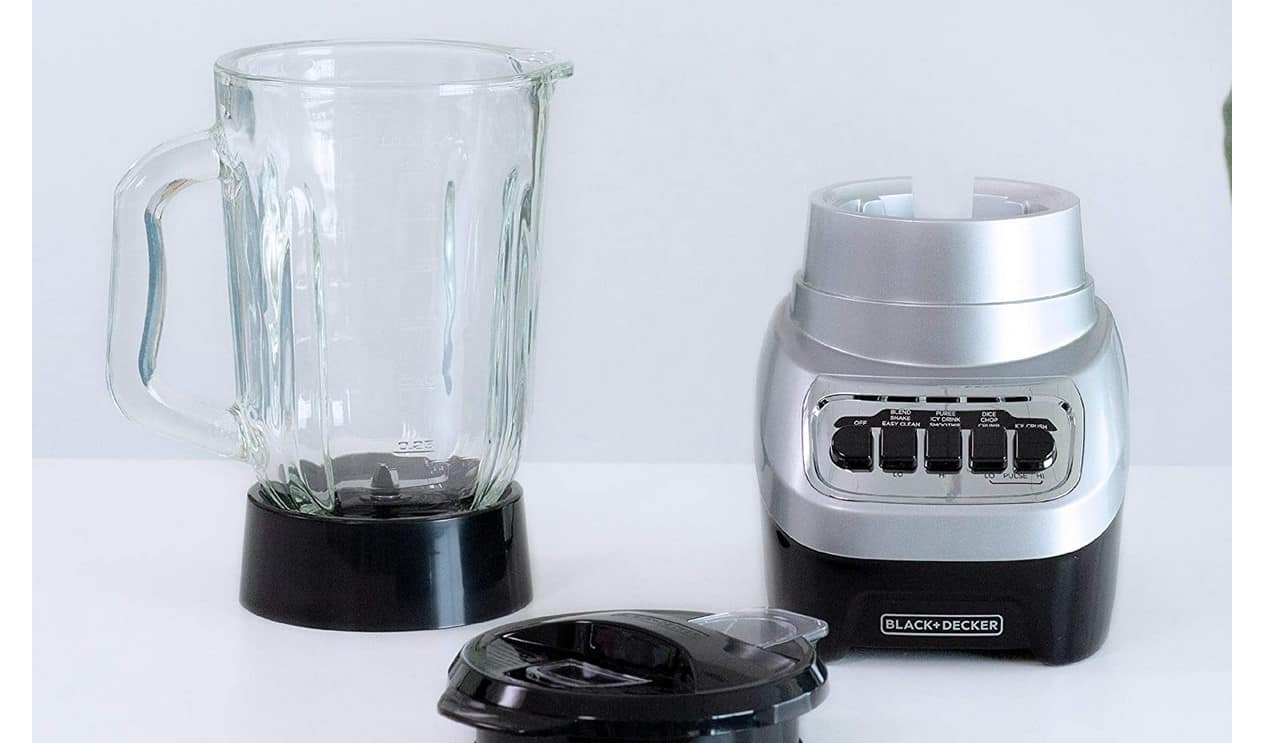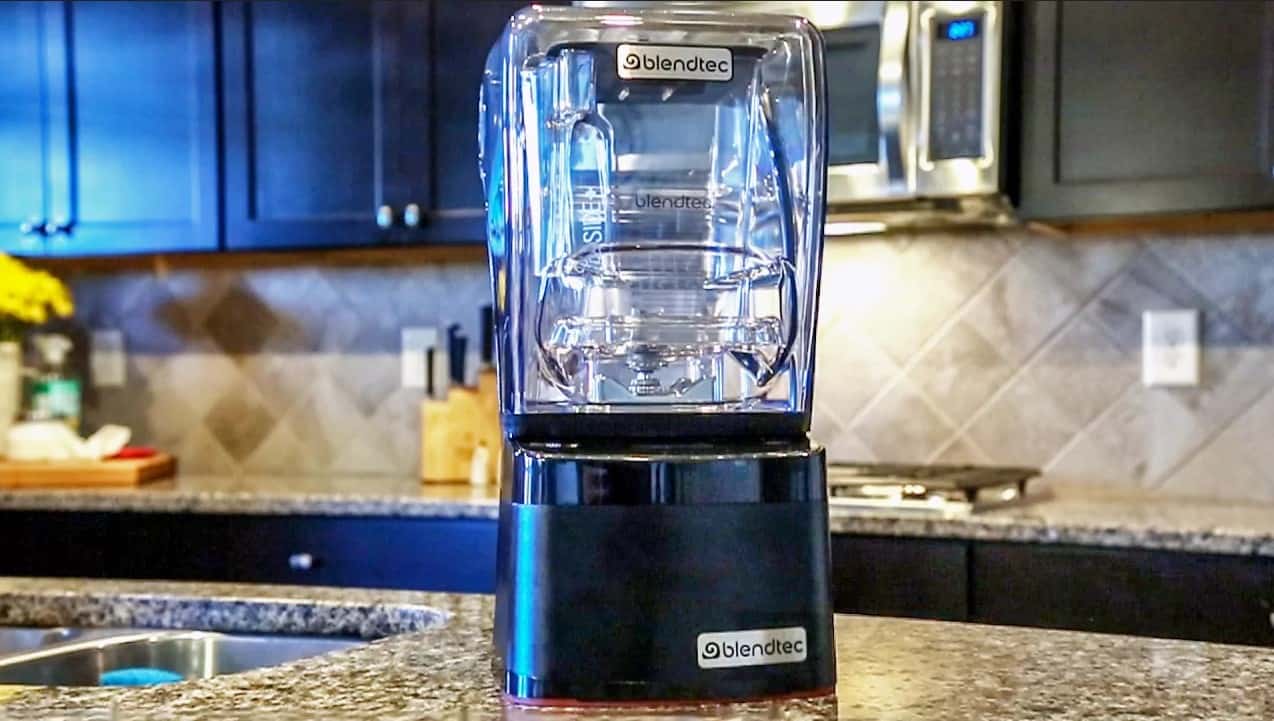If you’re trying to make powdered, dry ingredients, you might be wondering about using a mortar and pestle vs blender. While the best blenders often have settings for grind or pulse, some recipes require a more refined touch than blender blades. So, if you’re unsure whether you need a mortar and pestle or a regular blender, read on for a comparison.
KEY TAKEAWAYS:
- A conventional blender uses an electric motor to blend a wide range of ingredients inside a blender jar.
- A mortar and pestle are typically made of stone. You place ingredients in the mortar and grind them with the pestle.
- A blender can grind ingredients more efficiently, but a mortar and pestle are suitable for gourmet or detailed recipes.
Blender vs Mortar and Pestle Compared
A traditional blender or a mortar and pestle are kitchen appliances that grind ingredients into powders or grounds. While blenders can do a much higher volume of ingredients, a mortar and pestle can yield a finer grind. And if you’re just looking to mix shakes, soda, and fruit drinks, consider using either a milkshake mixer instead of a blender.
Explaining Blenders
The conventional blender, also known as a traditional blender, is made up of many components. A kitchen blender usually includes an electric motor within the base. The blender’s motor rotates the sharp stainless steel blades within the glass or plastic container to mix liquid or solid food. Check out the difference between personal and traditional blenders to see if maybe a smaller tool might meet your needs.
Insider Tip
Make sure your blender has an airtight container before making coffee grounds.
Benefits of Blenders
In terms of speed, the traditional blender offers an advantage when compared to a mortar and pestle. A single blender session might yield 30 or more mortars worth of an ingredient like black pepper. In addition, a blender has an airtight container that will keep your ground coffee or cloves of garlic from becoming airborne.
Drawbacks of Blenders
Most blenders cannot grind something like coffee beans into as fine a grain as a mortar and pestle. In addition, you cannot do a variety of ingredients as quickly as a mortar and pestle. Blenders that can do different types of grinds are often quite expensive.
Explaining Mortar and Pestle
A mortar and pestle are excellent for grinding things like sunflower seeds, paste, or garlic. Ingredients go in the granite mortar, and you grind dry ingredients into a fine or medium grind. The mortar and pestle have been around for centuries, and it is the original coffee grinder. The ideal setup is a stone mortar with either a stone or wooden pestle. Never use a plastic pestle.
Benefits of Mortar and Pestle
The mortar and pestle are great for small servings or detailed powdering of food. They do not work as quickly as a conventional blender, but granite mortar and pestle are a much better choice for gourmet food. You can also whip up a paste that a food processor cannot.
Drawbacks of Mortar and Pestle
When it comes to time, the mortar and pestle take much longer to use. In addition, something like ground coffee will take a good deal of elbow grease to make. So while a mortar and pestle are great for making fancy meals, a food processor might be a better fit for most people.
Which is Better?
For a chef or herbalist, a mortar and pestle are a fantastic choice for the kitchen. That said, if you’re looking to make a variety of meals or you need to grind a large number of ingredients, a conventional blender is the way to go.
Warning
Never use a plastic tool as a pestle because bits of plastic might grind into your food as it grinds against food or mortar.
F.A.Q.
Can you use a blender to grind coffee beans?
You can grind coffee beans in your blender’s airtight container. That said, make sure you use the pulse or grind setting on your blender base.
Will Starbucks grind your coffee beans?
Starbucks will not grind your coffee beans so they can keep their coffee flavors consistent.
How to grind coffee with a mortar and pestle?
Fill your mortar about 1/4 full with coffee beans. Then use your pestle to grind the beans into a coarse grind. Repeat until you have your desired amount of ground coffee.
STAT: Most personal (72%) and full-size (66%) blender owners report using it for five minutes or less per session. (source)

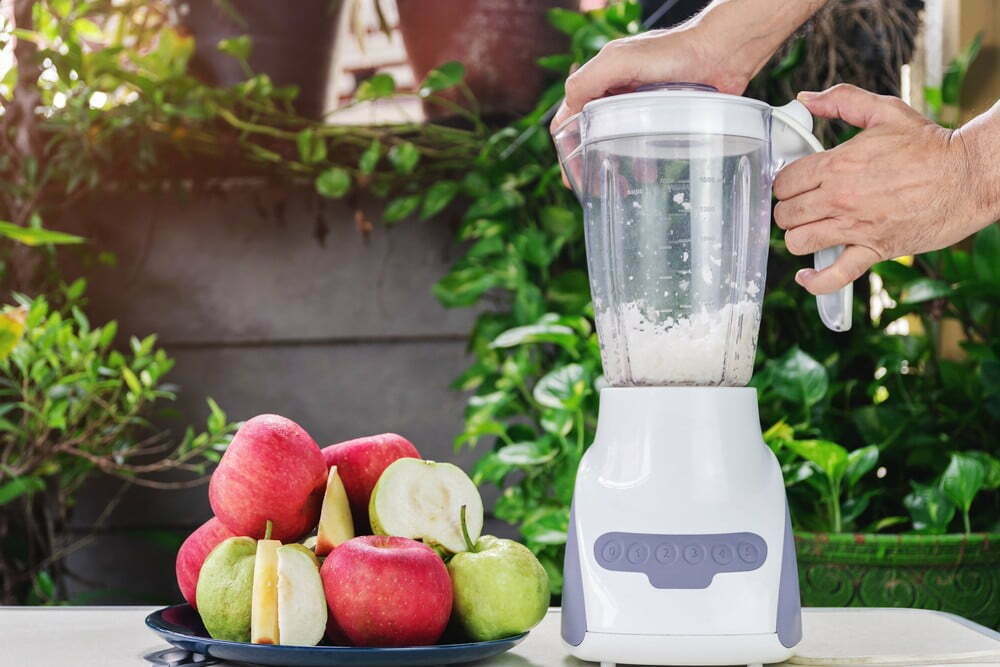













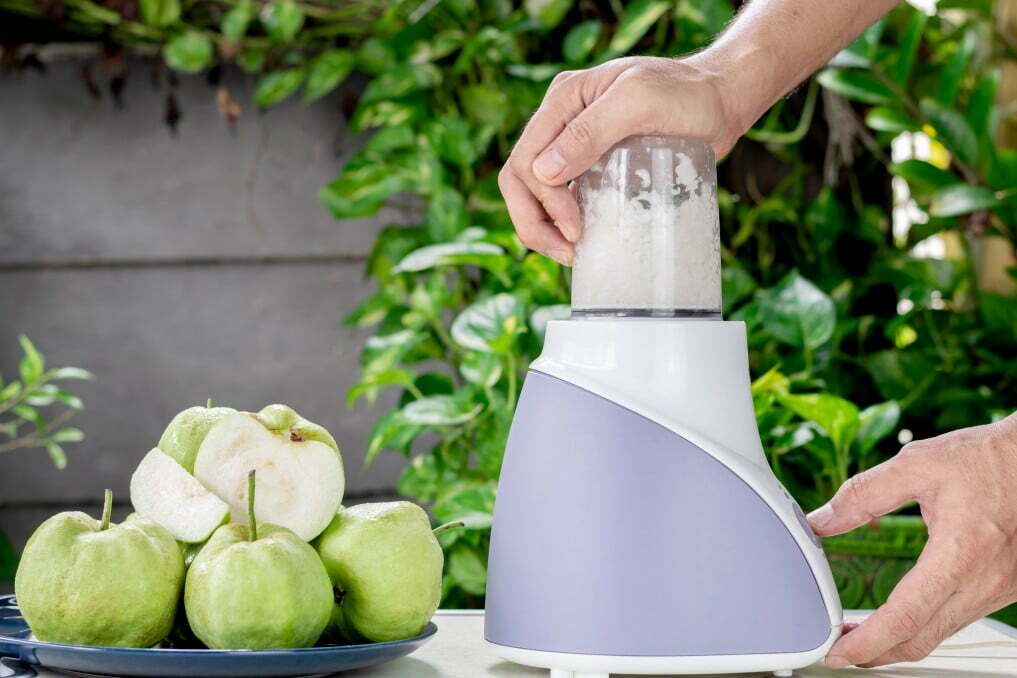
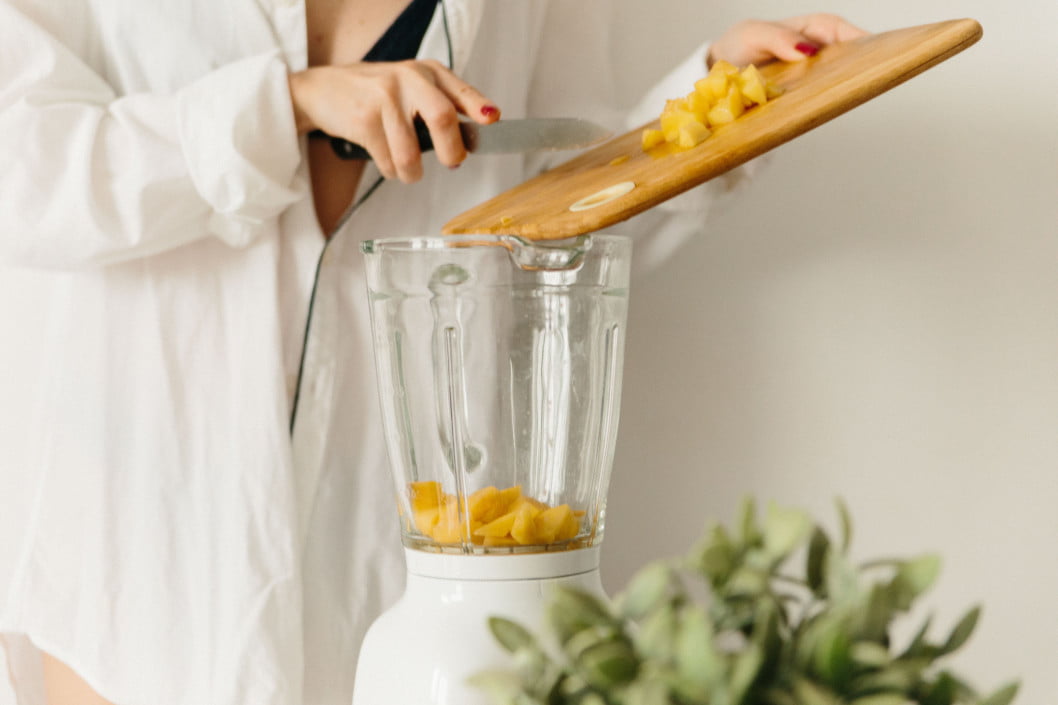
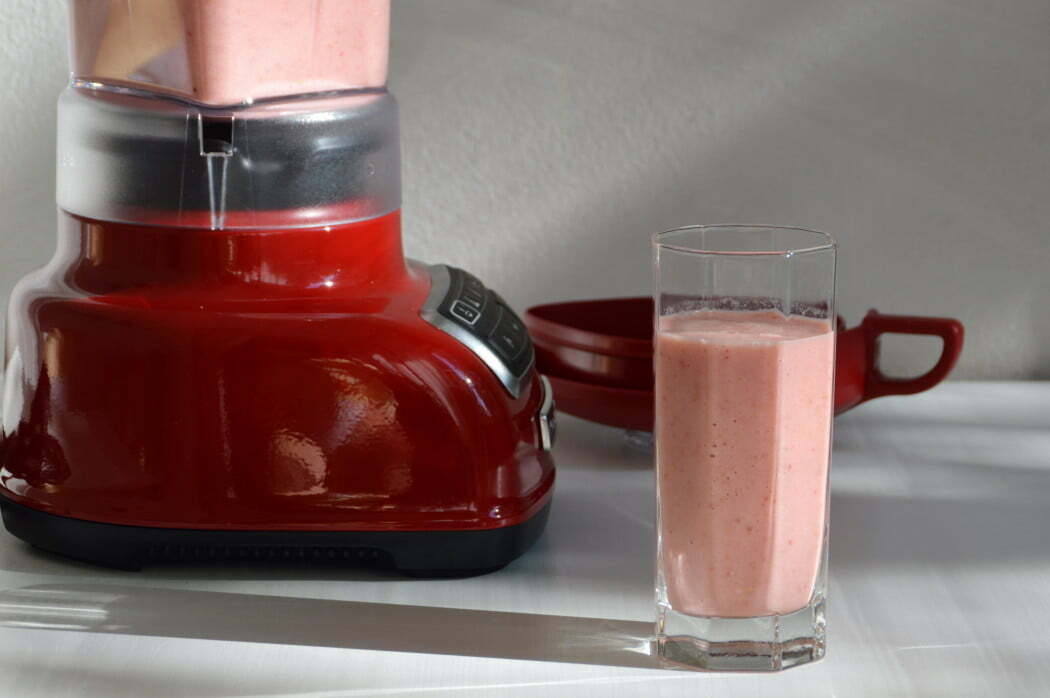
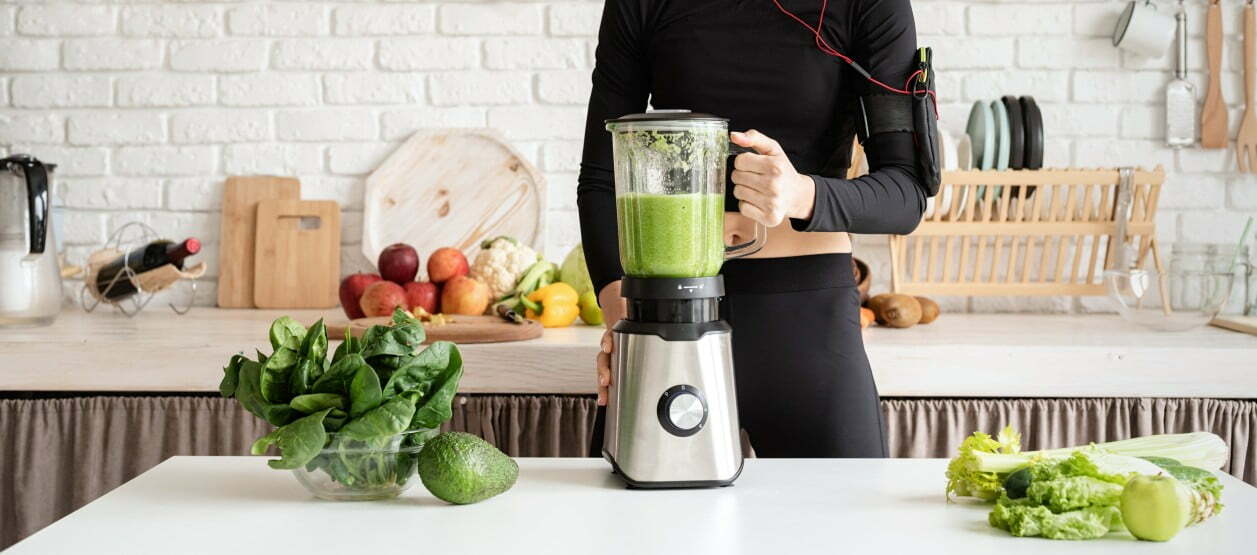
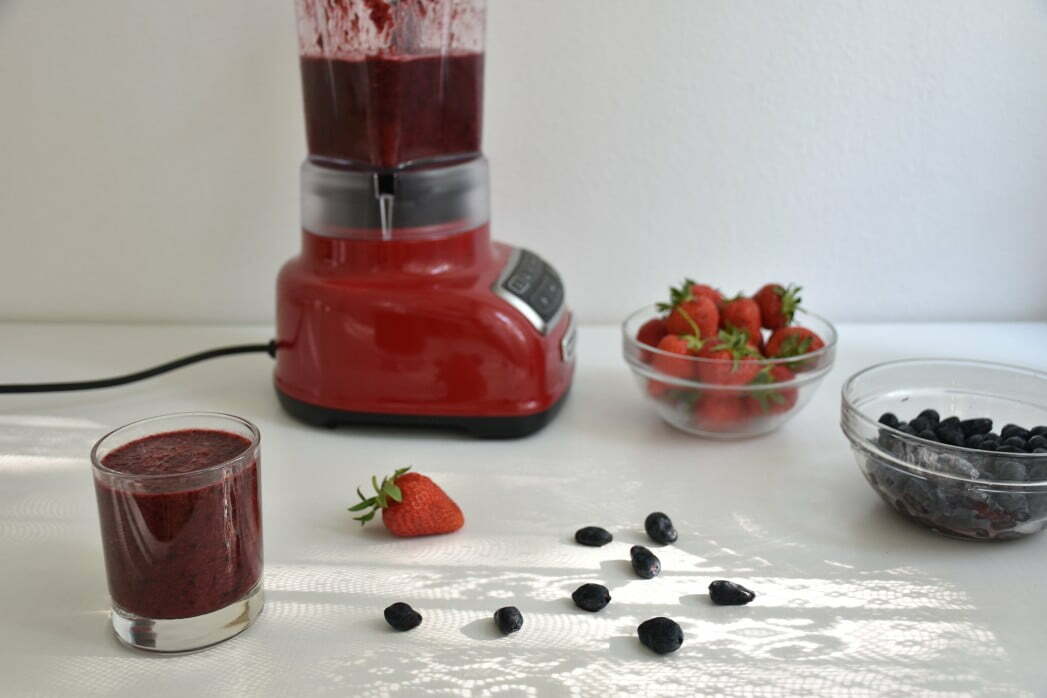
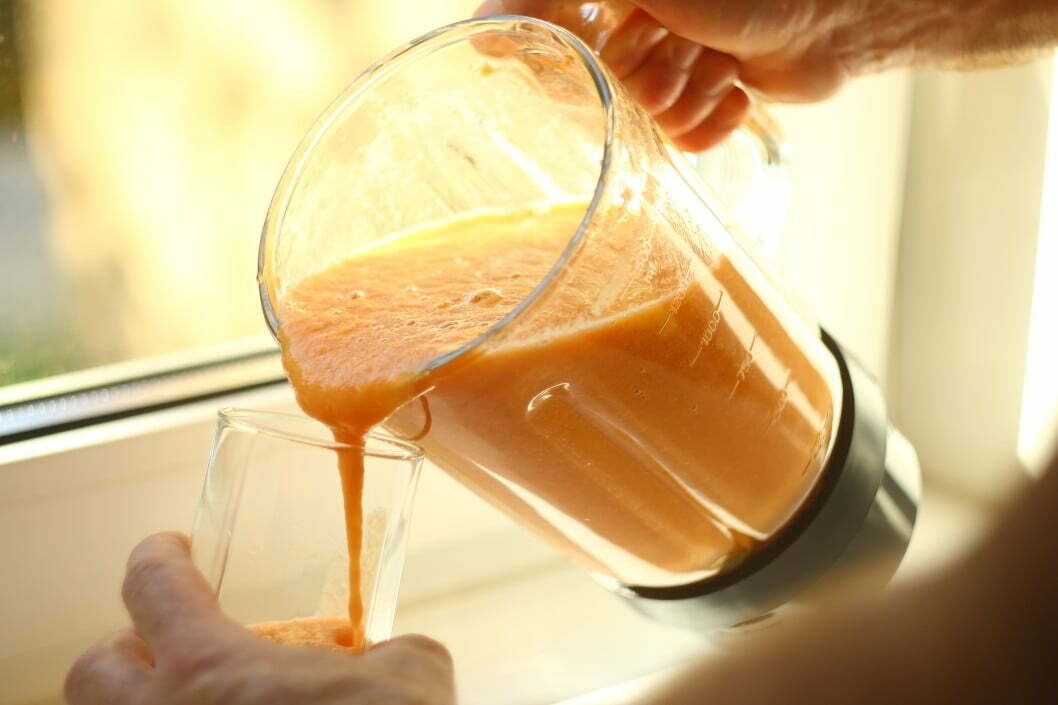
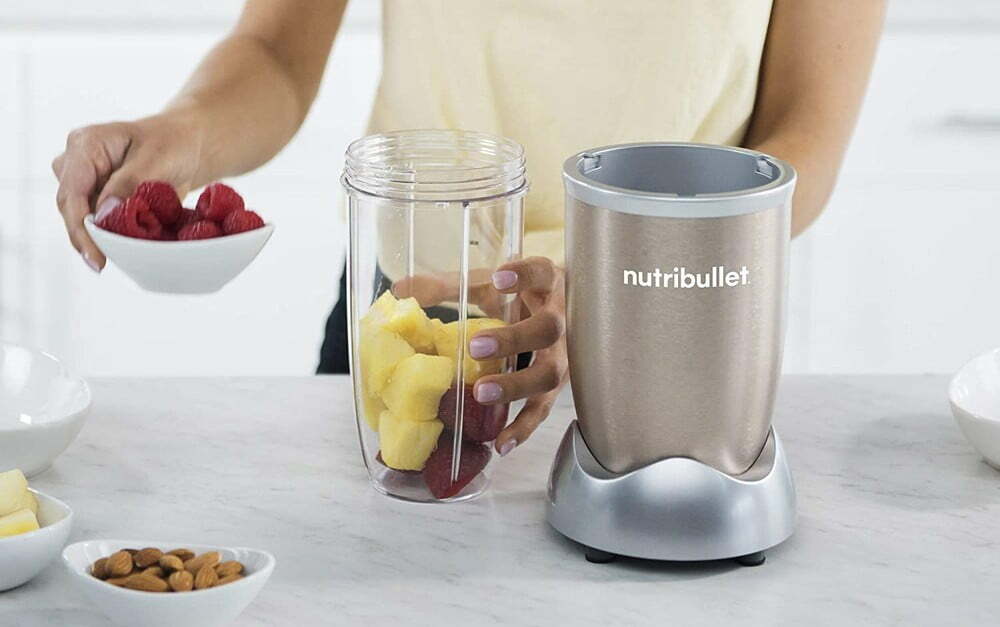
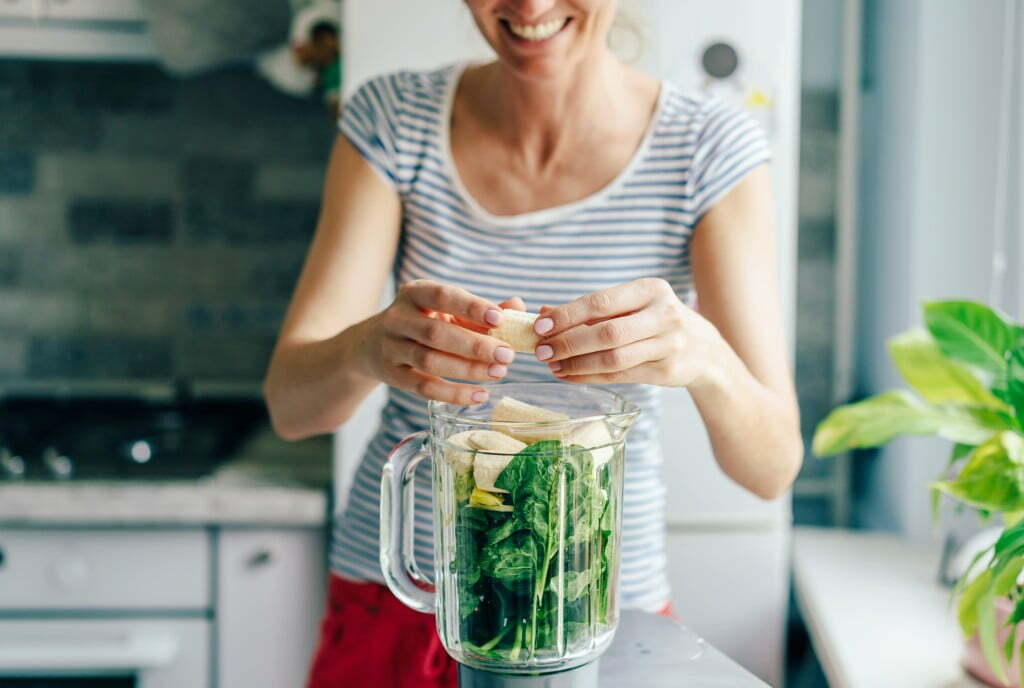
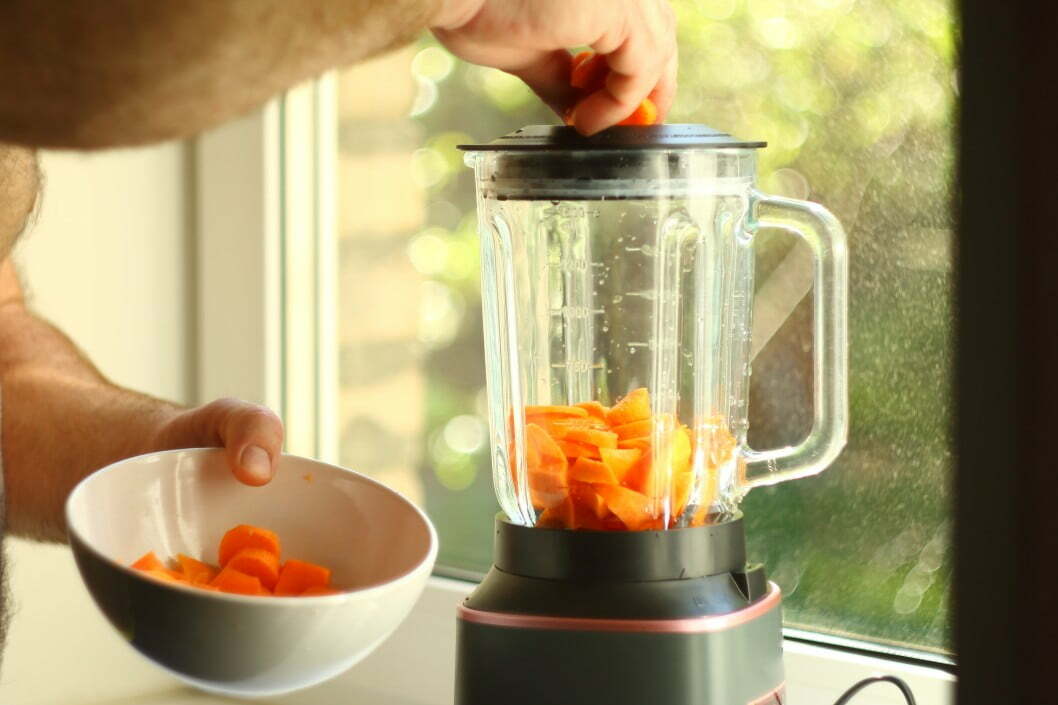
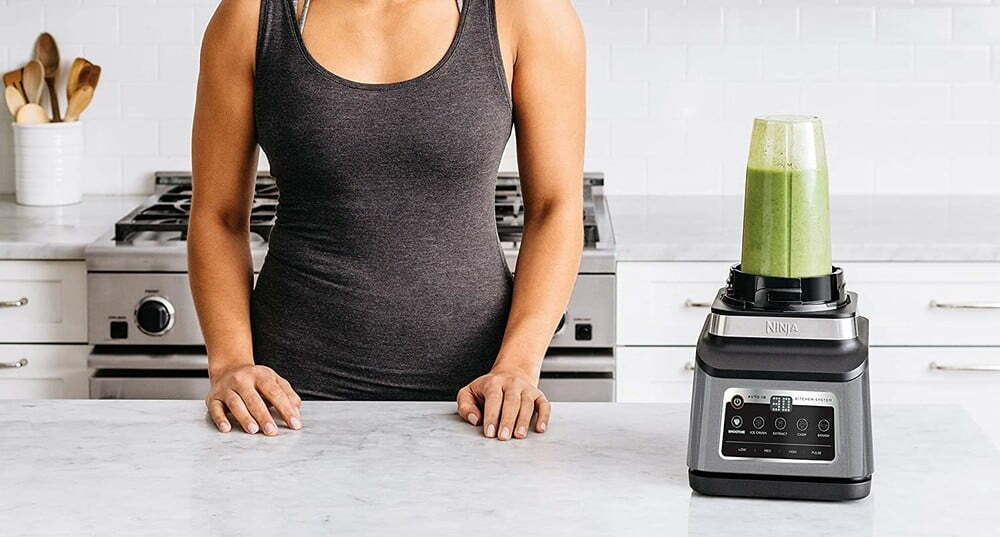
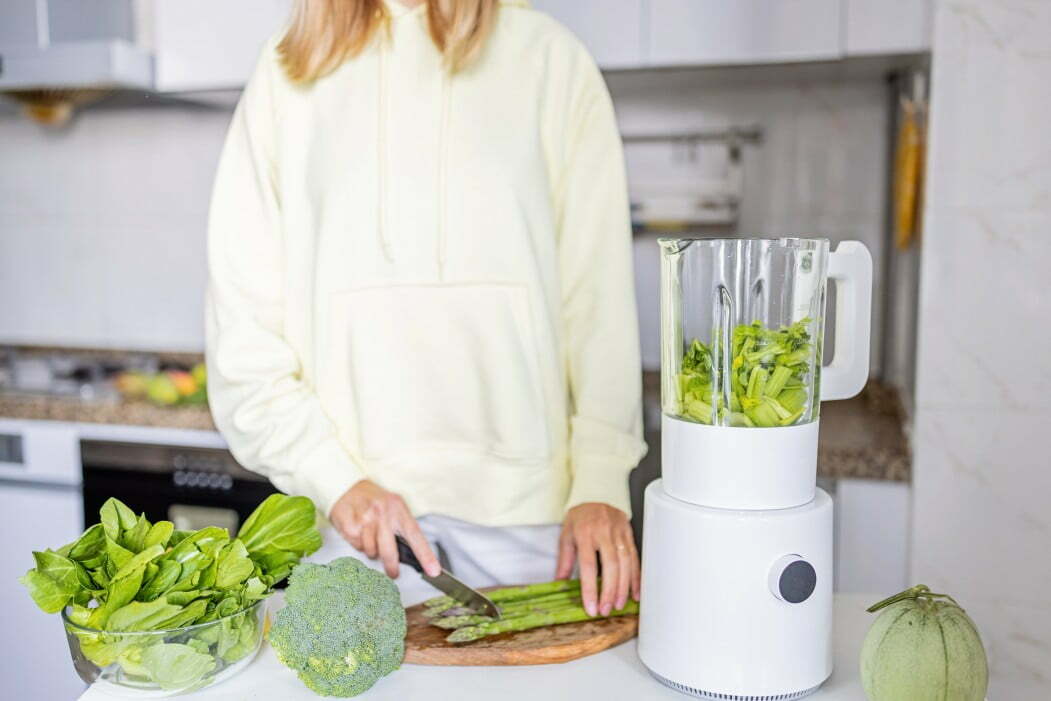
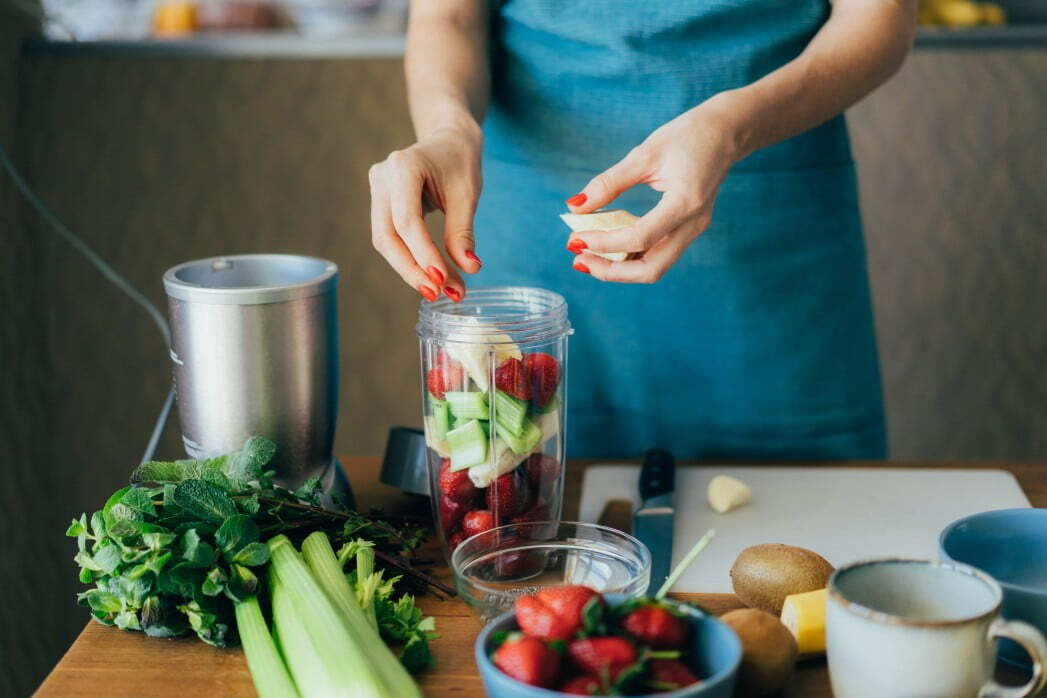
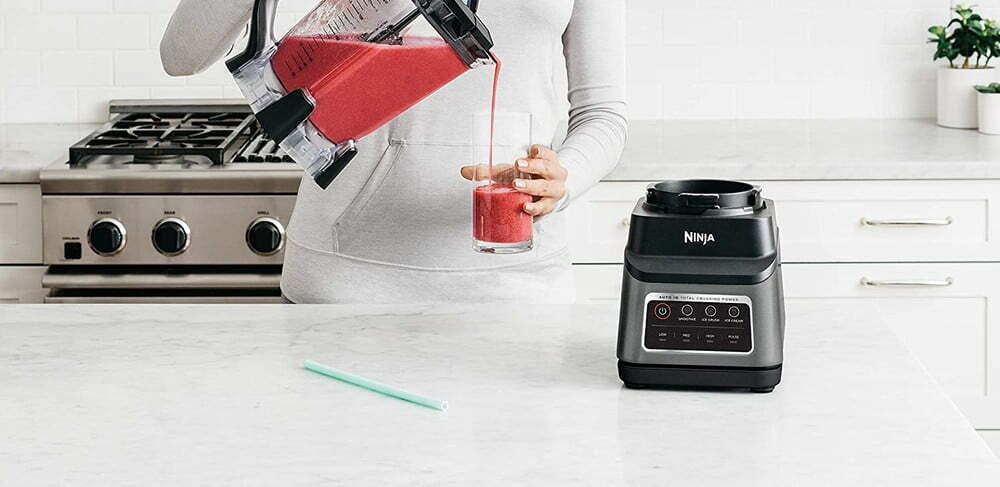
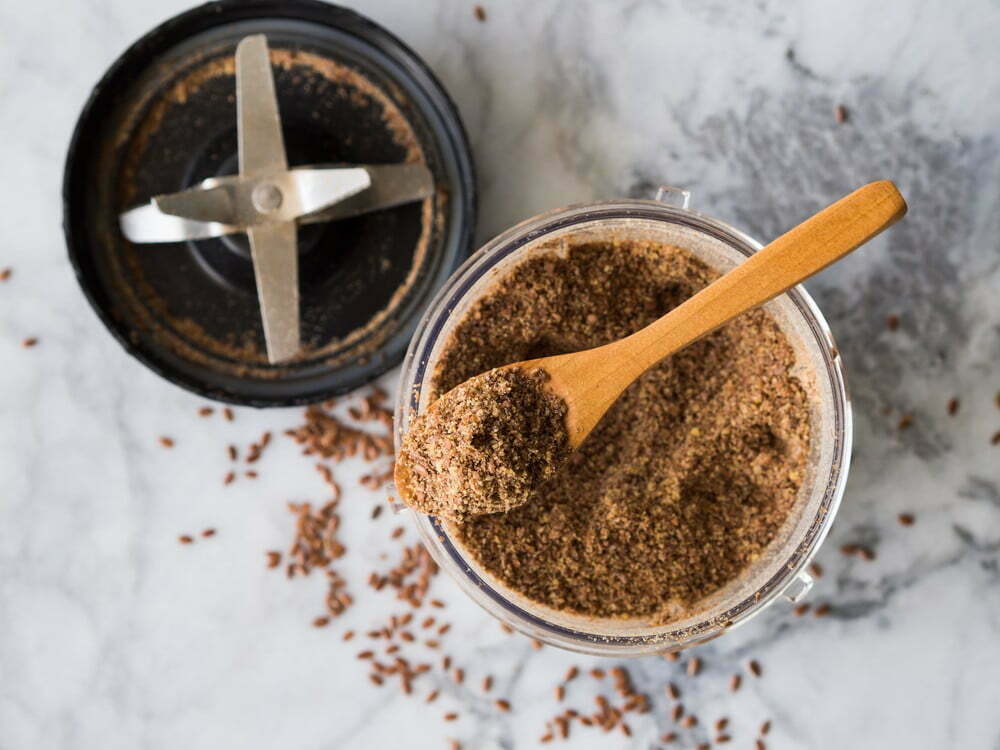
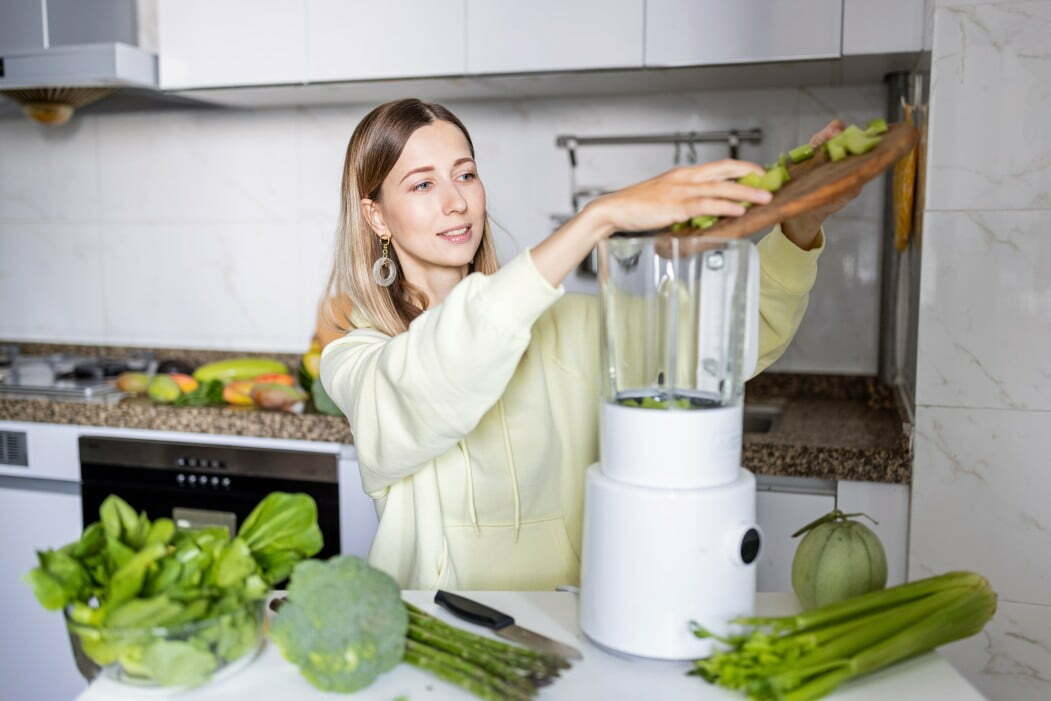
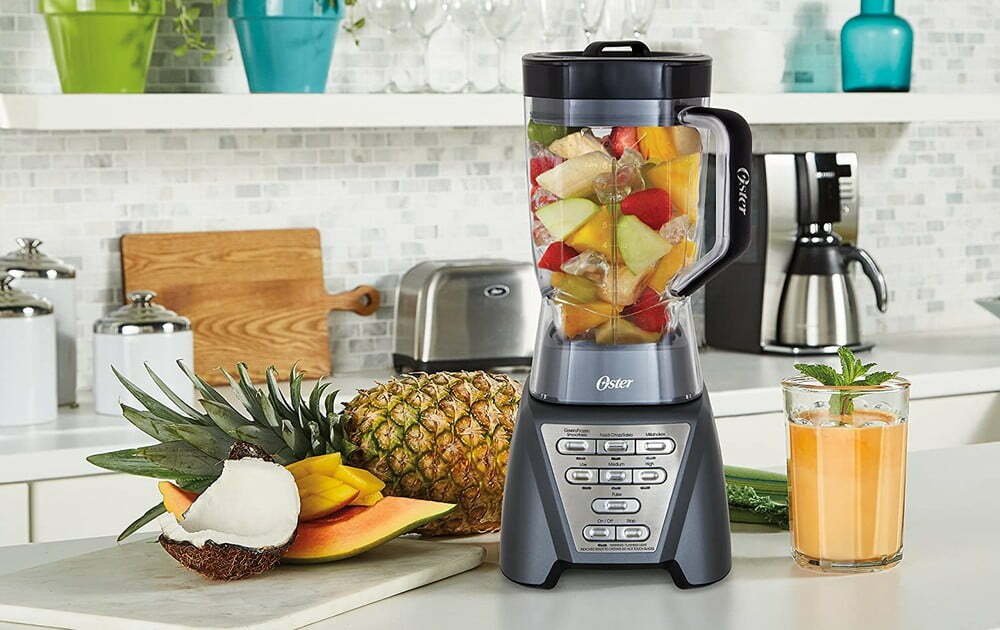
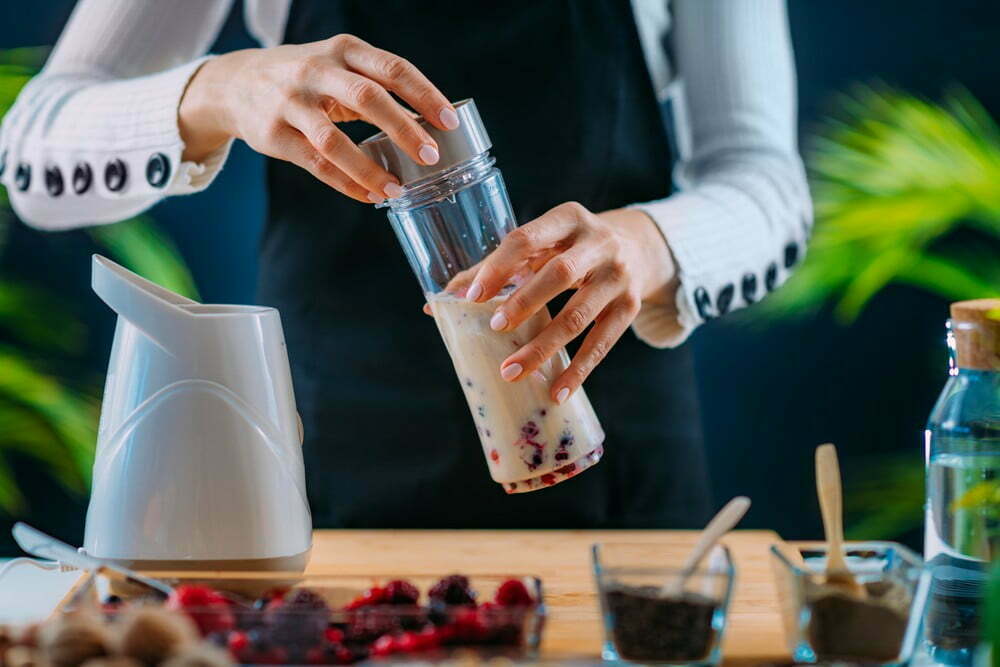
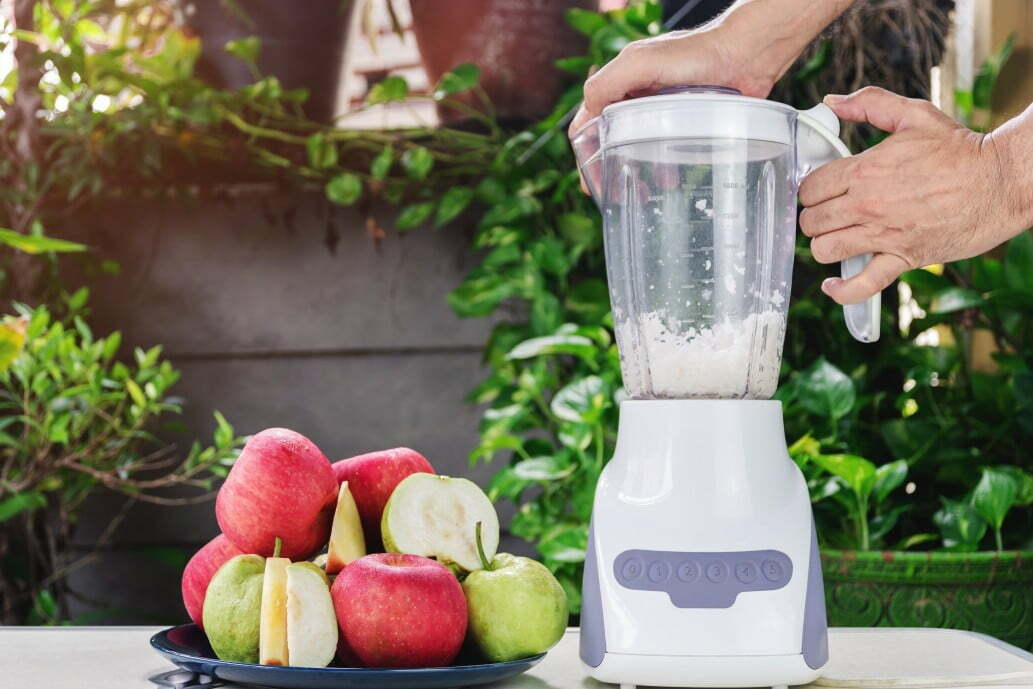
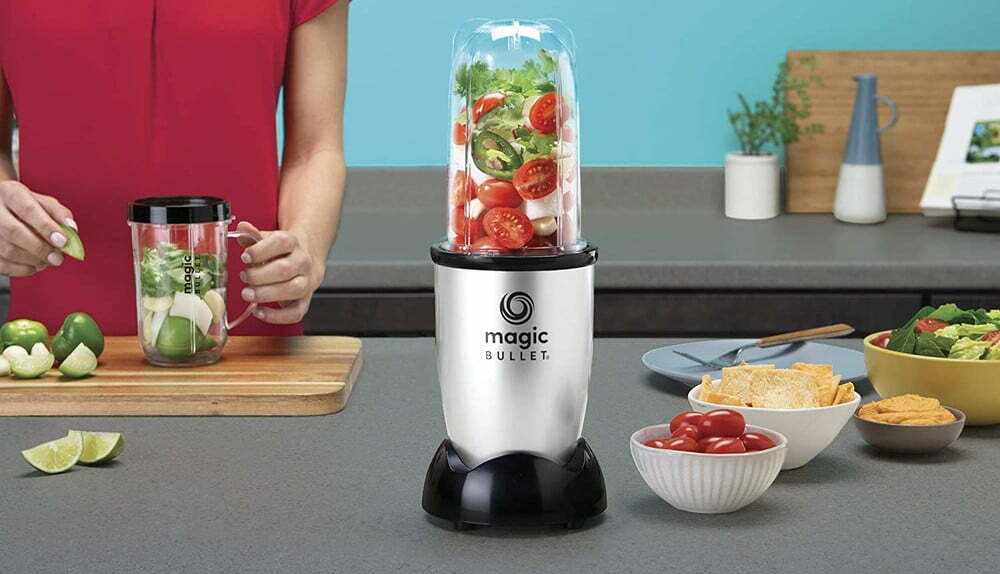
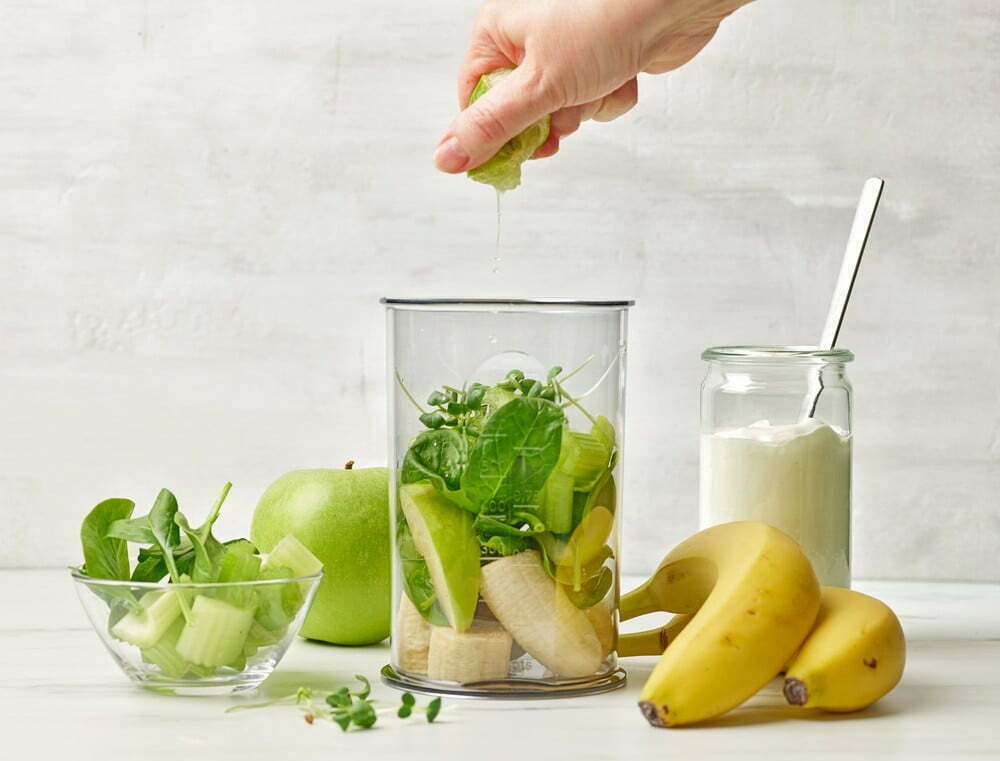
![Best Blender in [year] ([month] Reviews) 27 Best Blender in 2025 (October Reviews)](https://www.gadgetreview.dev/wp-content/uploads/best-blender-image.jpg)
![Best Kitchen Appliances in [year] ([month] Reviews) 28 Best Kitchen Appliances in 2025 (October Reviews)](https://www.gadgetreview.dev/wp-content/uploads/best-kitchen-appliances.jpg)
![Best Blenders for Acai Bowl in [year] 29 Best Blenders for Acai Bowl in 2025](https://www.gadgetreview.dev/wp-content/uploads/best-blender-for-acai-bowl-image.jpg)
![Best Blenders for Vegans in [year] 30 Best Blenders for Vegans in 2025](https://www.gadgetreview.dev/wp-content/uploads/best-blender-for-vegans-image.jpg)
![Best High-Powered Home Blenders in [year] 31 Best High-Powered Home Blenders in 2025](https://www.gadgetreview.dev/wp-content/uploads/best-high-powered-home-blender-image.jpg)
![Best Easy Clean Blenders in [year] 32 Best Easy Clean Blenders in 2025](https://www.gadgetreview.dev/wp-content/uploads/best-easy-clean-blender-image.jpg)
![Best Blendtec Blenders in [year] 33 Best Blendtec Blenders in 2025](https://www.gadgetreview.dev/wp-content/uploads/best-blendtec-blender-image.jpg)
![Best Oster Blenders in [year] 34 Best Oster Blenders in 2025](https://www.gadgetreview.dev/wp-content/uploads/best-oster-blender-image.jpg)
![Best Nutribullet Blenders in [year] 35 Best Nutribullet Blenders in 2025](https://www.gadgetreview.dev/wp-content/uploads/best-nutribullet-blender-image.jpg)
![Best Vitamix Blender in [year] 36 Best Vitamix Blender in 2025](https://www.gadgetreview.dev/wp-content/uploads/best-vitamix-blender-image.jpg)
![Best Blenders for Protein Shakes in [year] 37 Best Blenders for Protein Shakes in 2025](https://www.gadgetreview.dev/wp-content/uploads/best-blender-for-protein-shakes.jpg)
![Best Quiet Blenders in [year] 38 Best Quiet Blenders in 2025](https://www.gadgetreview.dev/wp-content/uploads/best-quiet-blender.jpg)
![Best Blenders for Milkshakes in [year] 39 Best Blenders for Milkshakes in 2025](https://www.gadgetreview.dev/wp-content/uploads/best-blender-for-milkshakes.jpg)
![Best Blenders for Margaritas in [year] 40 Best Blenders for Margaritas in 2025](https://www.gadgetreview.dev/wp-content/uploads/best-blender-for-margaritas.jpg)
![Best Blenders for Nut Butter in [year] 41 Best Blenders for Nut Butter in 2025](https://www.gadgetreview.dev/wp-content/uploads/best-blender-for-nut-butter.jpg)
![Best Ninja Blenders in [year] 42 Best Ninja Blenders in 2025](https://www.gadgetreview.dev/wp-content/uploads/best-ninja-blender.jpg)
![Best Blender Food Processors in [year] 43 Best Blender Food Processors in 2025](https://www.gadgetreview.dev/wp-content/uploads/best-blender-food-processor.jpg)
![Best Commercial Blenders in [year] 44 Best Commercial Blenders in 2025](https://www.gadgetreview.dev/wp-content/uploads/best-commercial-blender.jpg)
![10 Best Portable Blenders for Travel in [year] 45 10 Best Portable Blenders for Travel in 2025](https://www.gadgetreview.dev/wp-content/uploads/best-portable-blender-for-travel.png)
